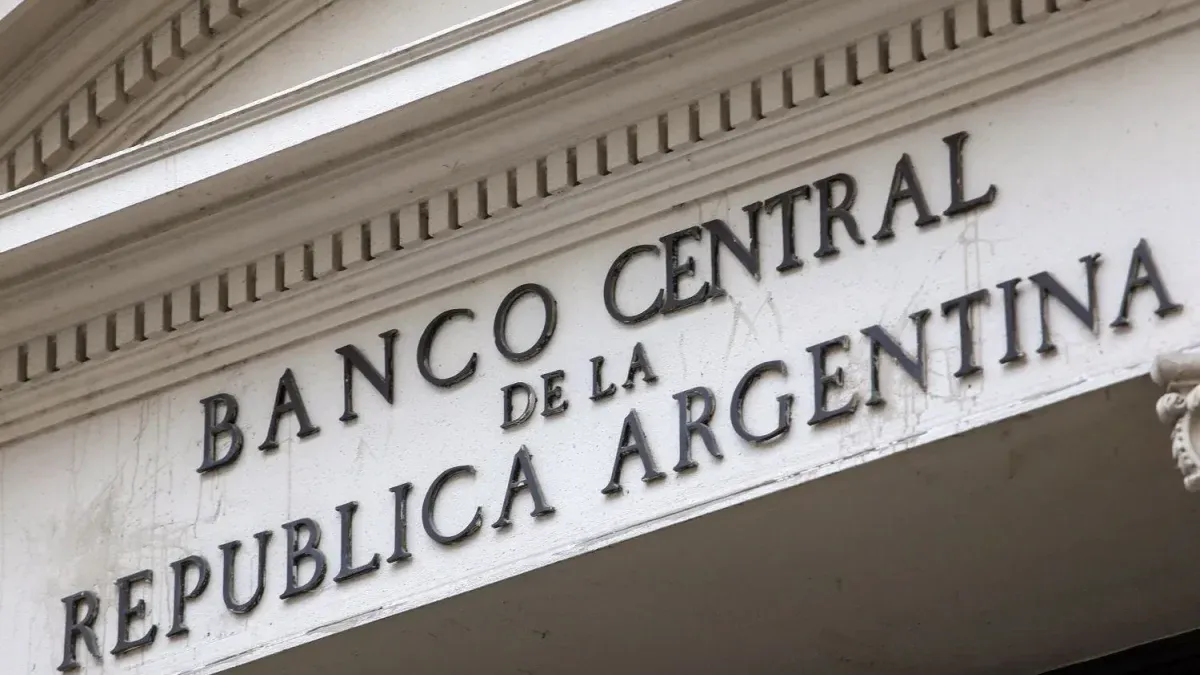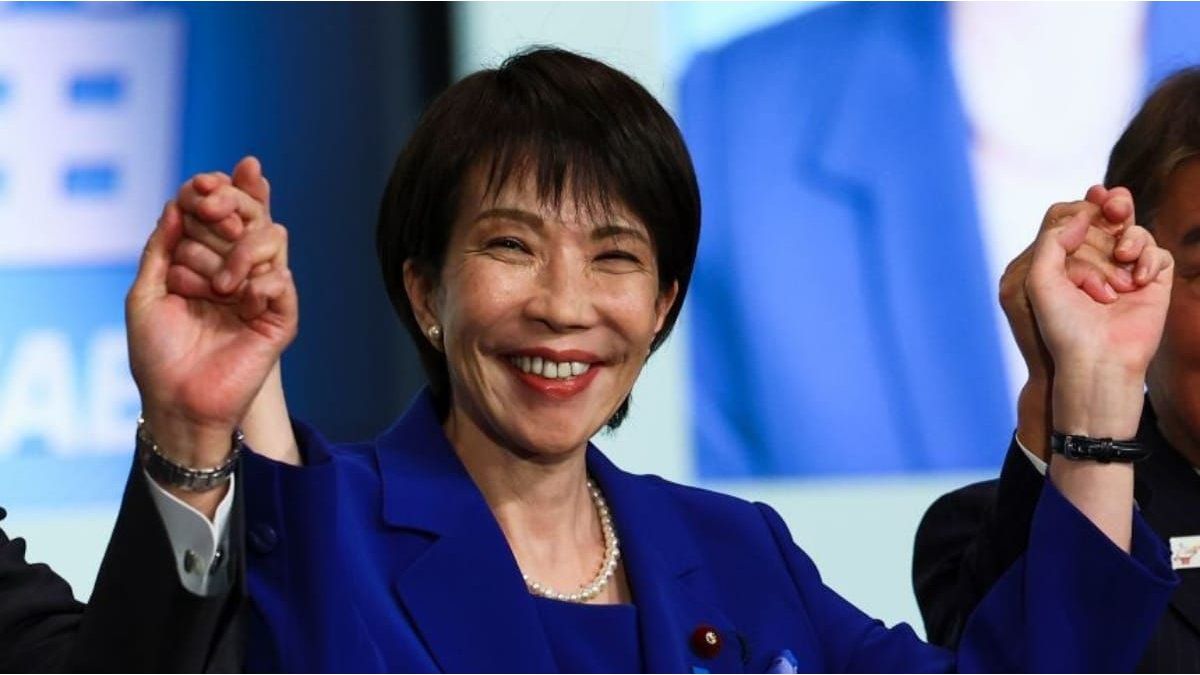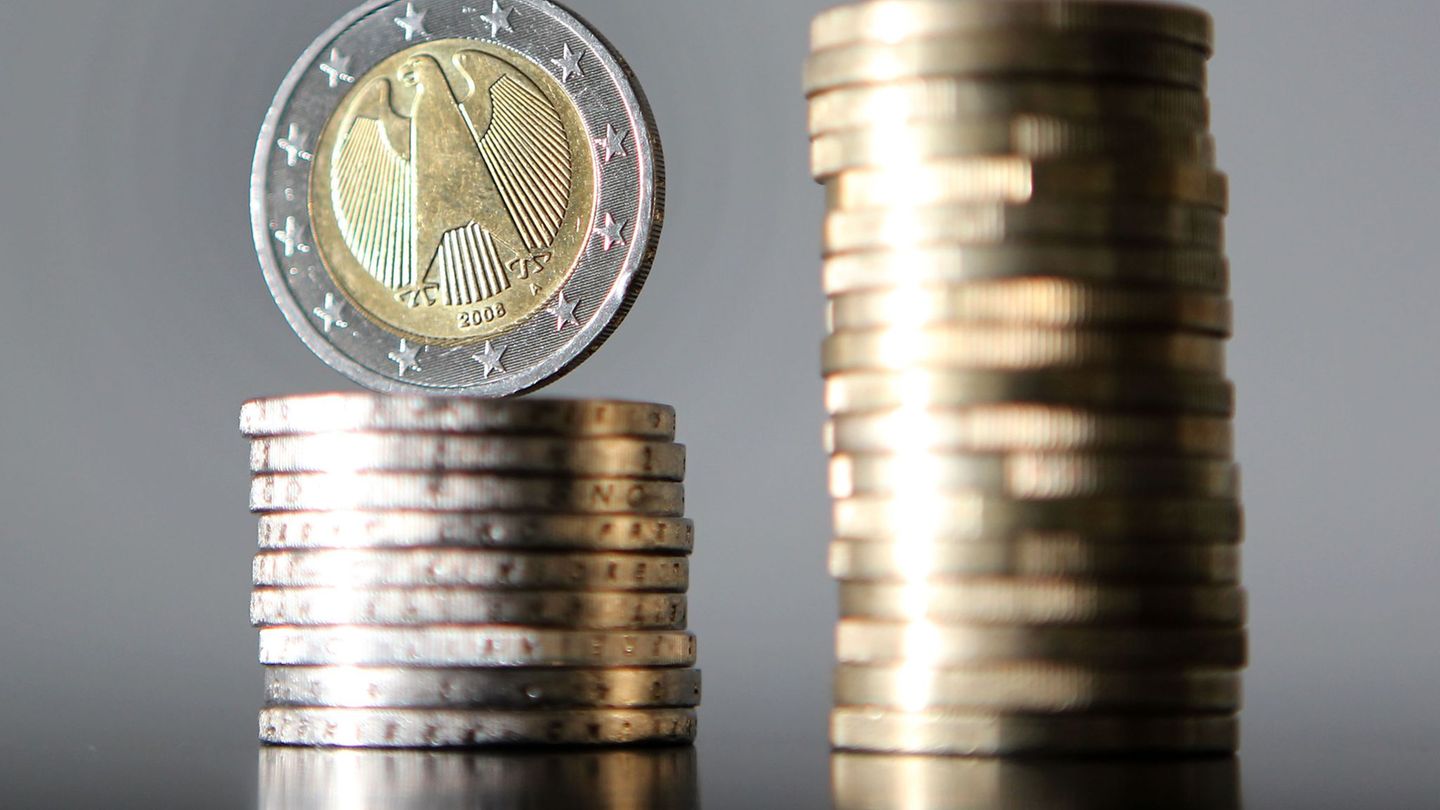According to the figures from the exchange balance of the entity led by Santiago Bausili, the Gross International Reserves increased US$4,505 million between January and April. This variation was explained almost entirely by the dollars accumulated during January.
The main factor explaining this improvement was the positive balance of US$12,099 million that showed the balance of assets of the BCRA. This number was quite far from the US$6,157 million of trade surplus that INDEC reported for the same period.
This difference was explained by the commercial debt, which fundamentally contemplates imports that are made but not paid for. Specifically, so far in 2024, foreign purchases totaled about US$17,777 million but the Central only paid US$8,509 millionleaving a liability close to US$9,000 million for the future.
“The exchange balance for April indicates that The ratio of imports paid (BCRA) vs imports processed (INDEC) was 67%reaching a similar level as September 23″, pointed out the economist from the consulting firm Ledesma, Gabriel Caamano.
In the same sense, the Head of research at Roman Group, Salvador Vitellinoted that this ratio was the highest since July of last year. “The normalization of foreign trade is essential”he sentenced.
In parallel, the advance of exports also contributed to the accumulation of reserves, since while external sales according to INDEC represented US$20,608 millionthe monetary authority received income from US$23,934 million for these operations, which gives a difference of about US$3,326 million.
In summary, the commercial debt gave the BCRA almost US$6,000 milliona number very close to the US$6,372 million that left their coffers due to the payment of debt to credit organizations, such as the International Monetary Fund (IMF). These payments were the main negative impact on the variation in reserves.
How did the main components of the exchange balance vary in the first four months?
to) Asset balance: was the main positive impact on the variation in reserves during the first quarter of 2024, providing a income of US$12,099 million.
b) Balance of services: the exchange of services involved a expenditure of US$489 millionexplained mainly by tourism of residents abroad.
c) Payment to international organizations: after a January without major obligations, Payments to organizations intensified starting in February to release some US$6,372 millionthus becoming the main pressure for reserves.
d) Private debt: The difference between the income and expenditure of foreign currency due to private debt was approximately -US$130 million.
and) FAE: The Formation of External Assets (FAE) of the non-financial private sector, commonly called “capital flight”, gave a positive result for the BCRA of US$346 millionwhich indicates that There were more agents selling dollars than buying in the official market, all within the framework of the exchange rate.
Source: Ambito
I am a 24-year-old writer and journalist who has been working in the news industry for the past two years. I write primarily about market news, so if you’re looking for insights into what’s going on in the stock market or economic indicators, you’ve come to the right place. I also dabble in writing articles on lifestyle trends and pop culture news.




